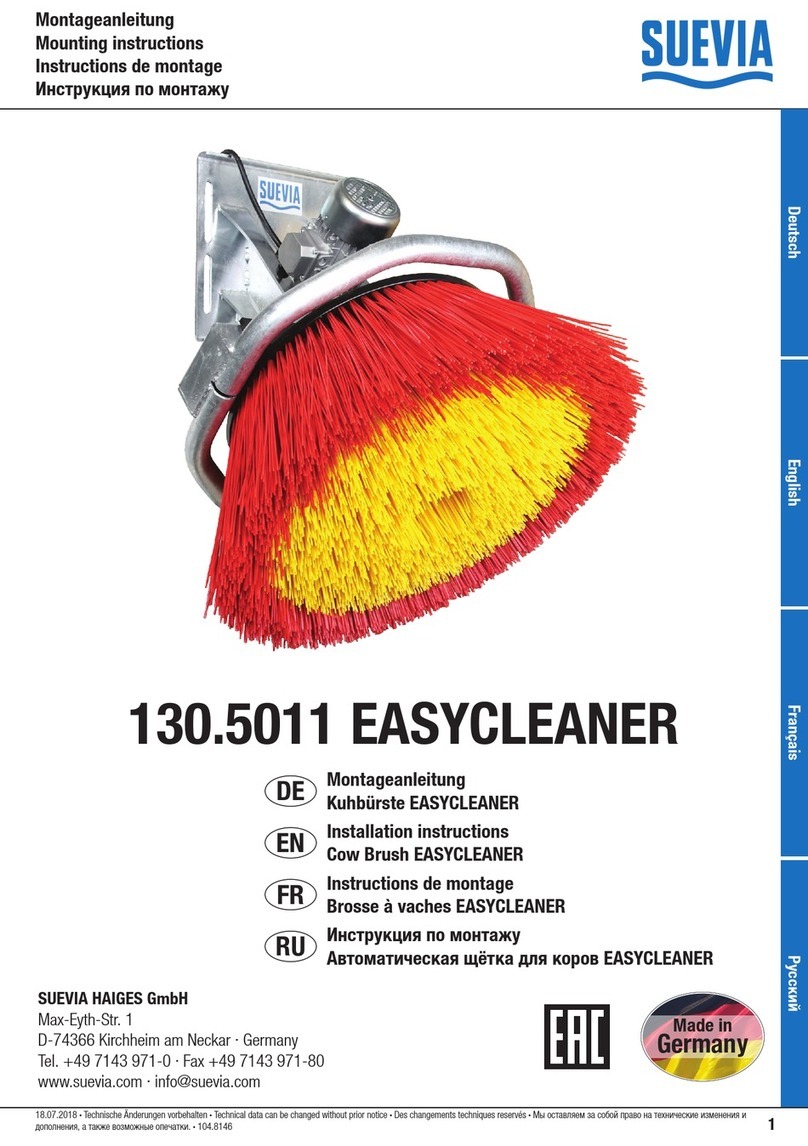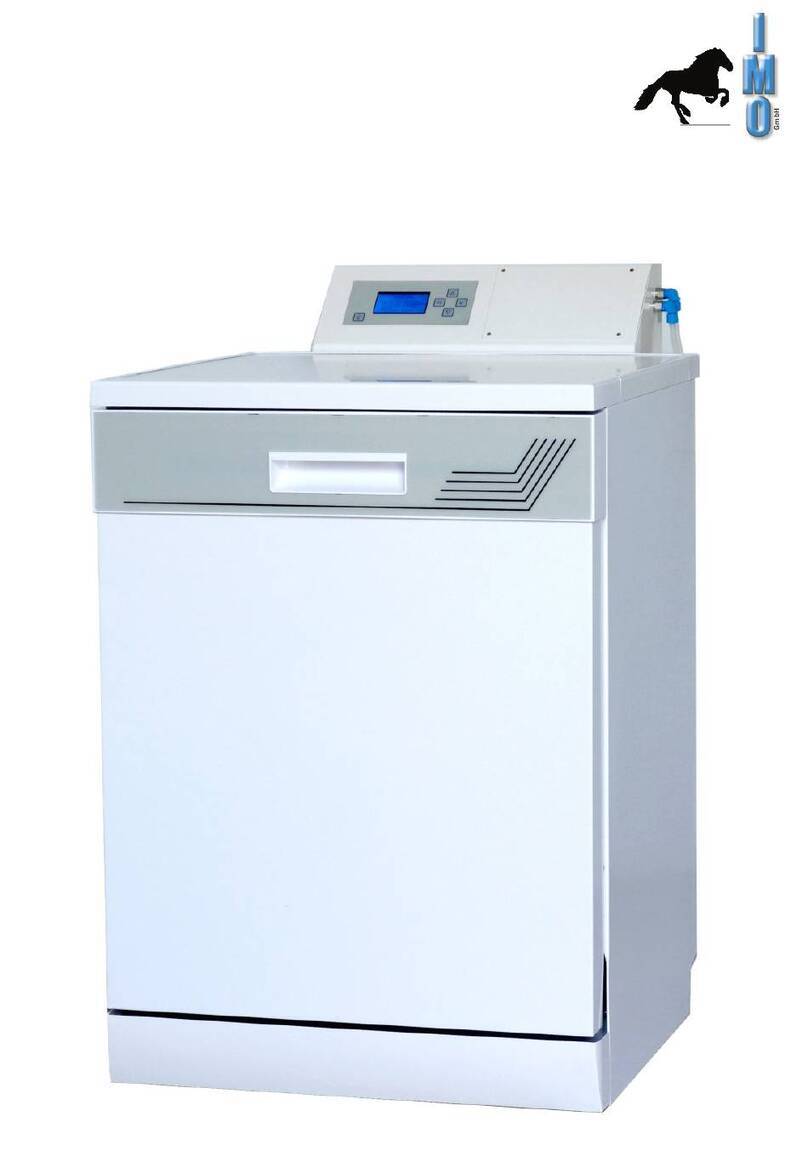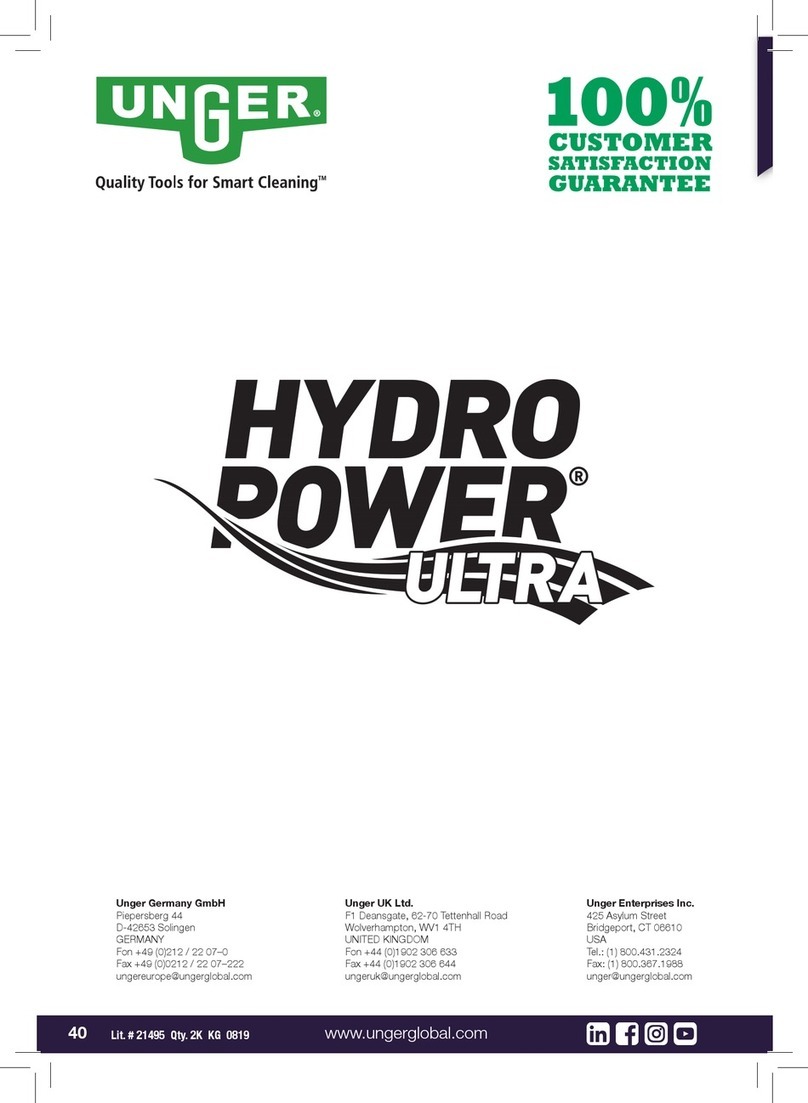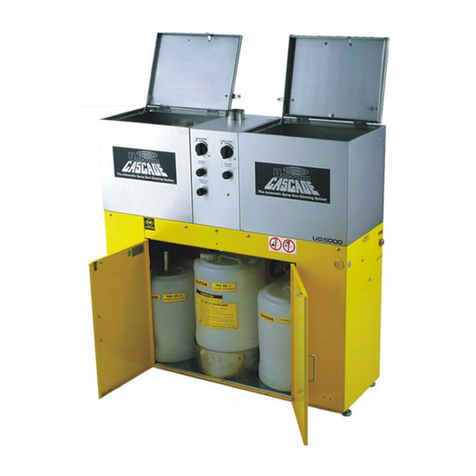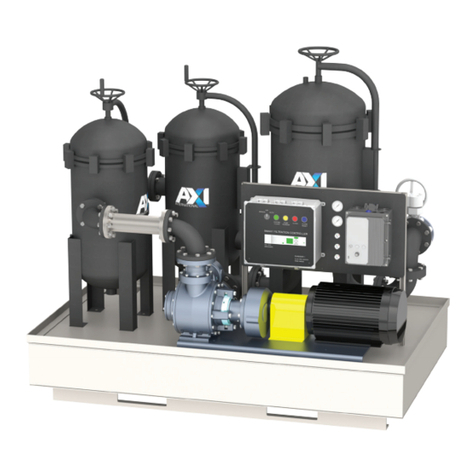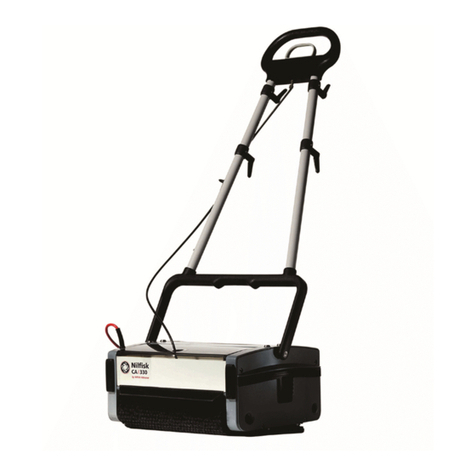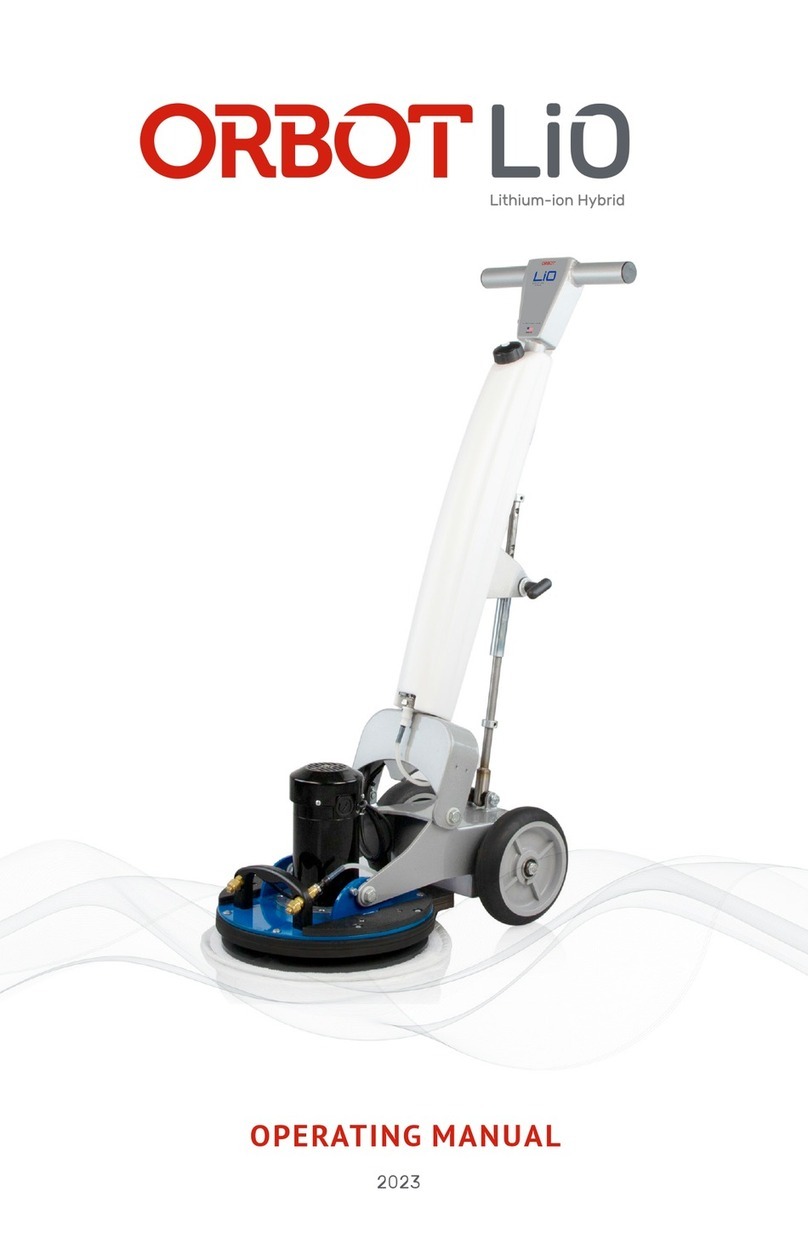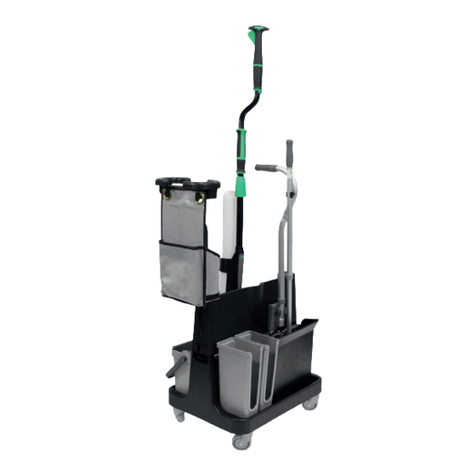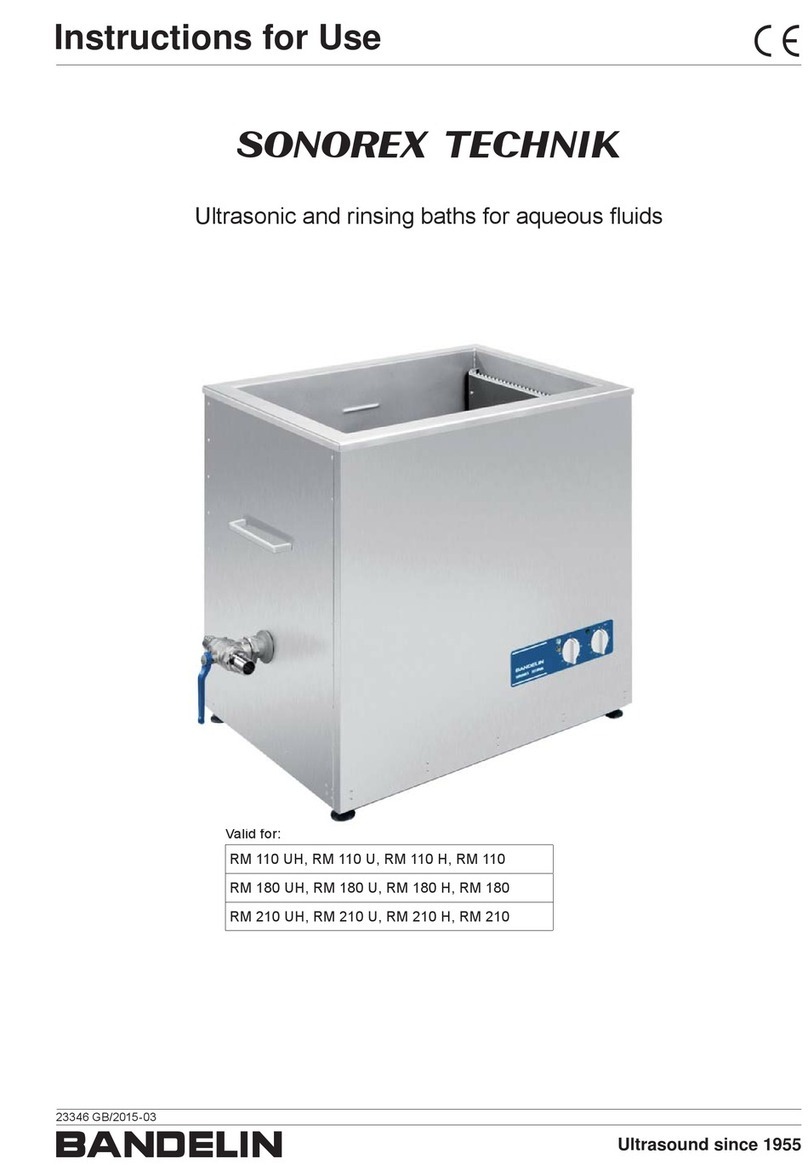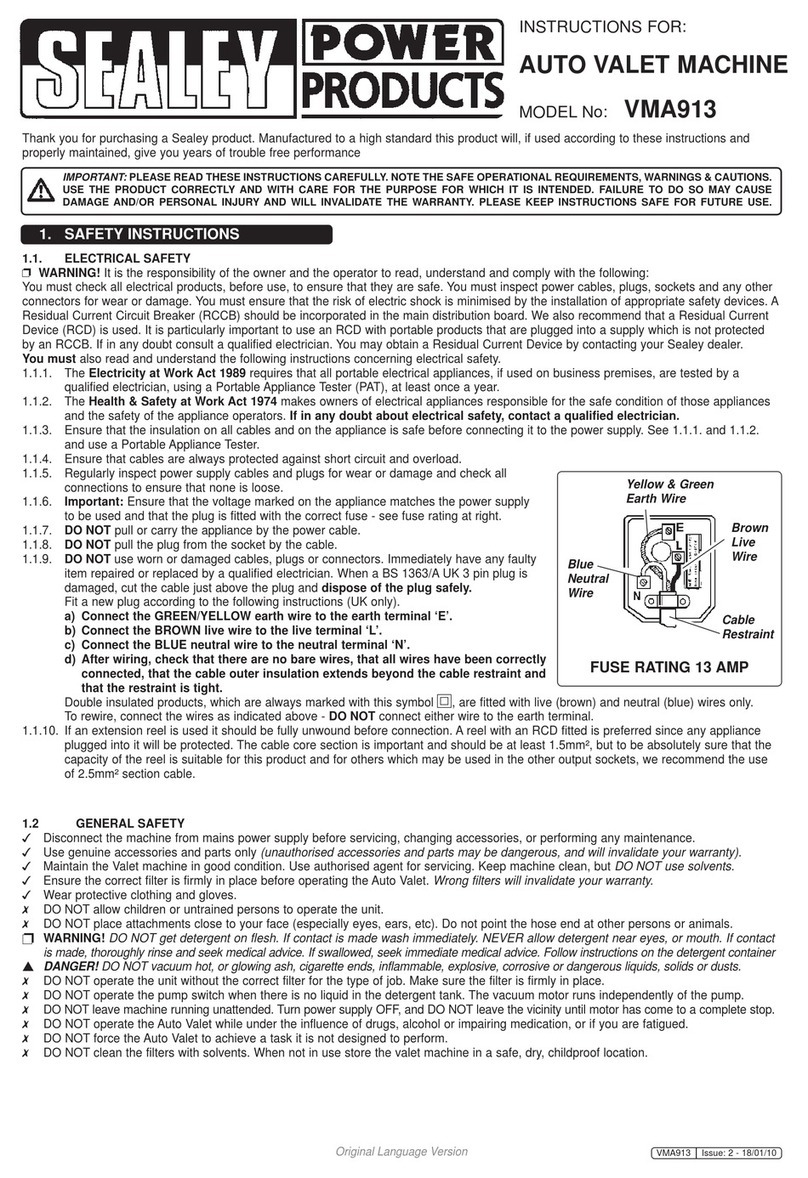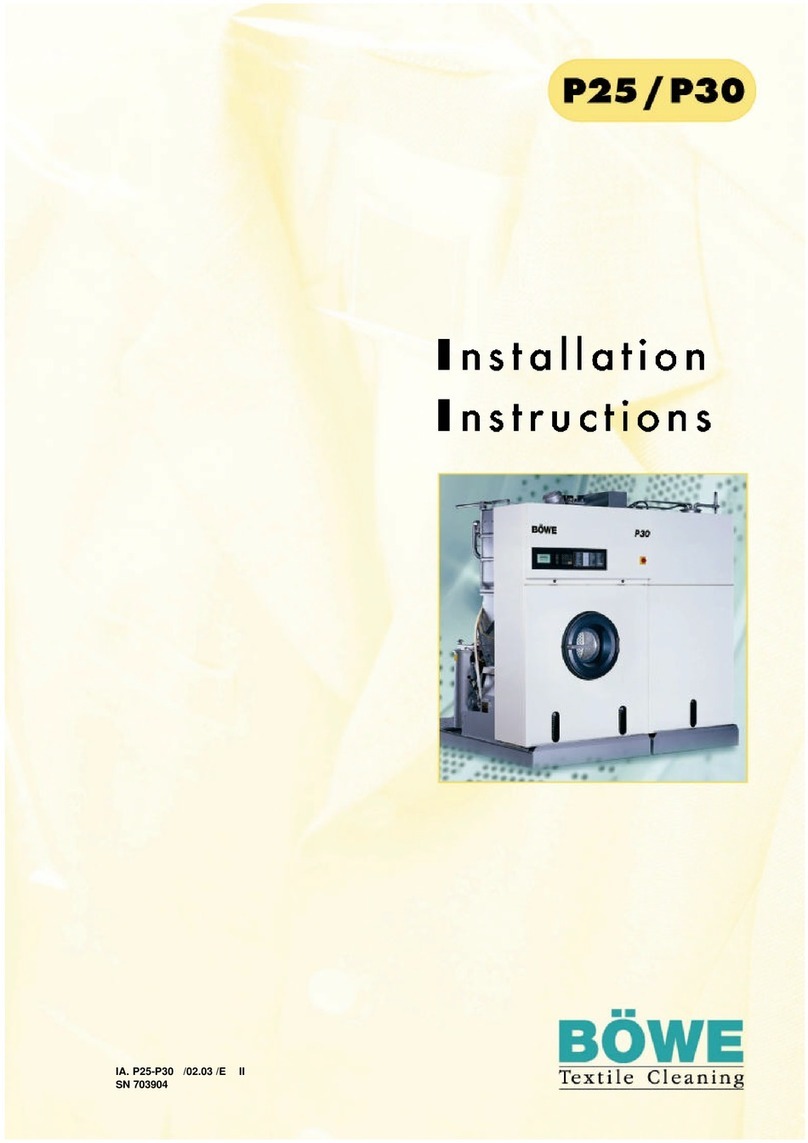
Table of Contents, cont.
4.3 Performing Occasional Maintenance ...........................................................4-10
4.3.1 Adjusting the Buffer Brush Pressure....................................................4-10
4.3.2 Rotating the Wicking Foams ................................................................4-13
4.3.3 Lubricating the Chains .........................................................................4-14
4.3.4 Adjusting the Cleaner Spray ................................................................4-16
4.3.4.1 Adjusting Cleaner Flow Rate........................................................4-16
4.3.4.2 Adjusting Cleaner Nozzle Direction..............................................4-17
4.3.4.3 Clearing a Clogged Nozzle ..........................................................4-19
4.3.5 Adjusting the Vacuum Head Height ....................................................4-20
4.3.6 Adjusting the Vacuum Motor Position .................................................4-22
4.3.7 Adjusting the Optical Sensor...............................................................4-23
4.3.8 Adjusting the Handle Hinges...............................................................4-24
4.3.9 Adjusting the Oil Tank Bars.................................................................4-25
4.3.10 Adjusting Guide Roller Position...........................................................4-26
4.4 Replacing Parts............................................................................................4-27
4.4.1 Replacing the Agitator Foam or Squeegee..........................................4-27
4.4.2 Replacing the Buffer Brush ..................................................................4-29
4.4.3 Replacing the Wicking Foams..............................................................4-30
4.4.4 Replacing the Waste Tank Seal...........................................................4-34
4.4.5 Replacing Fuses ..................................................................................4-35
4.4.6 Replacing the Optical Sensor...............................................................4-36
4.5 Updating the Phoenix LT4 Software.............................................................4-38
Section 5 –Troubleshooting
5.1 Operational Problems and Solutions............................................................ 5-1
5.1.1 General Operation................................................................................ 5-2
5.1.2 Cleaning Operation.............................................................................. 5-6
5.1.3 Conditioning Operation ........................................................................ 5-8
5.2 Recovering if the Phoenix LT4 Stops on the Lane.......................................5-10
Section 6 –Determining the Oiling Pattern
6.1 Default Programs......................................................................................... 6-1
6.1.1 Program A............................................................................................ 6-2
6.1.2 Program B............................................................................................ 6-3
6.1.3 Program C............................................................................................ 6-4
6.1.4 Program D............................................................................................ 6-5
6.2 Selecting a Program for Use........................................................................ 6-5
6.3 How the Phoenix LT4 Applies Oil................................................................. 6-6
6.4 Adjusting Oil Output..................................................................................... 6-6
6.4.1 Finger Smear Technique...................................................................... 6-8
6.5 Creating Oil Output Patterns........................................................................ 6-8
6.5.1 Oil Patterns .......................................................................................... 6-8
6.5.2 Wicking Foam Densities....................................................................... 6-9
6.5.3 Preparing Custom-Sized Wicking Foams............................................. 6-9
6.5.4 Head to Backend Transition Zone........................................................6-10
6.5.5 Troubleshooting ...................................................................................6-11
